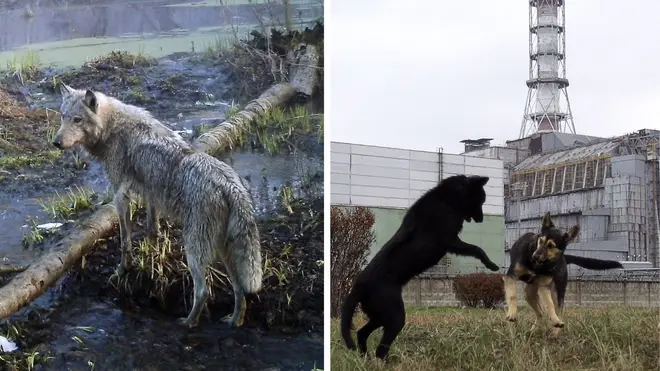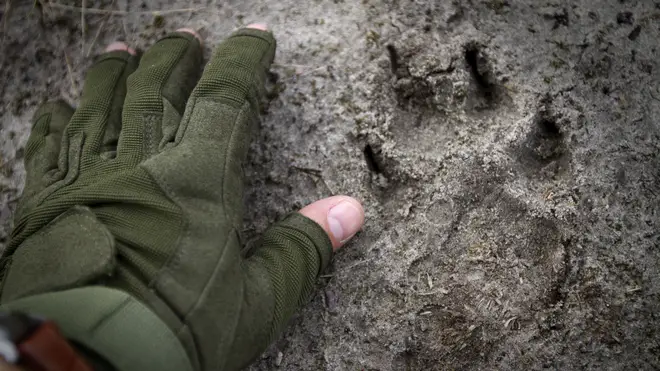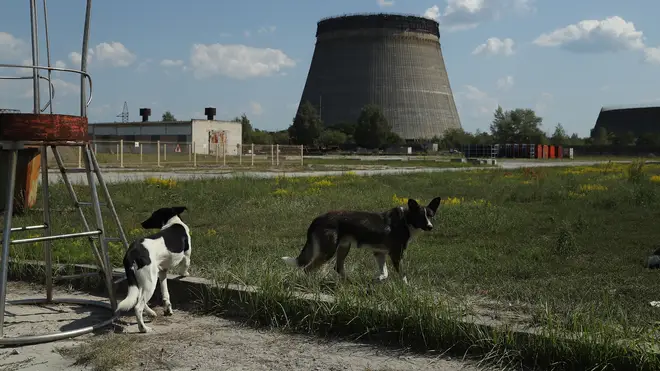Chernobyl mutants: How animals exposed to radiation have evolved after the world's worst nuclear disaster
19 February 2024,

Almost 40 years on from the Chernobyl disaster, animals continue to face the consequences from extreme radiation exposure, with them being forced to mutate to survive.
Humans fled the disaster zone surrounding the Chernobyl Nuclear Power Plant after the deadly explosion in 1986, and have remained away from the area due to the extreme levels of radiation.
But animals, including bears, bison, lynx, foxes, wolves, and more than 200 million species of bird still roam the land.
Cancer-fighting wolves
Wolves living in the wasteland were found to have altered immune systems that could give cancer patients a chance of surviving the disease.
A group from Princeton University in the US began looking into how animals had survived in the radiation zone in 2014.
The team took blood samples from wolves and placed GPS collars on the animals that could measure the radiation.
They later found the animals proved resilient to the cancerous atmosphere and its effects by measuring differences in DNA.
Read more:
Read more:

Black frogs
Frogs have started becoming darker in colour after remaining in the 'Chernobyl Exclusion Zone'.
In 2016, two researchers shared findings on The Conversation, saying: "Our work reveals that Chernobyl tree frogs have a much darker coloration than frogs captured in control areas outside the zone.
"As we found out in 2016, some are pitch-black. This coloration is not related to the levels of radiation that frogs experience today and that we can measure in all individuals.
"The dark colouration is typical of frogs from within or near the most contaminated areas at the time of the accident."
Feral dogs
Thousands of feral dogs now roam the zone, having descended from pets that were abandoned during the 1986 disaster.
The DNA of more than 300 dogs found living near the power plant was analysed by scientists at the University of South Carolina, who found significant differences to other dogs.

Super-powered bacteria
Swallows living within the zone were found to be carrying bacteria which has become more resistant to gamma radiation.
Bacteria from Chernobyl were able to reproduce and thrive when exposed to different doses of radiation.
A study published in Scientific Reports said: "Long-term effects of radiation in natural populations might be an important selective pressure on traits of bacteria that facilitate survival in certain environments."
No comments:
Post a Comment